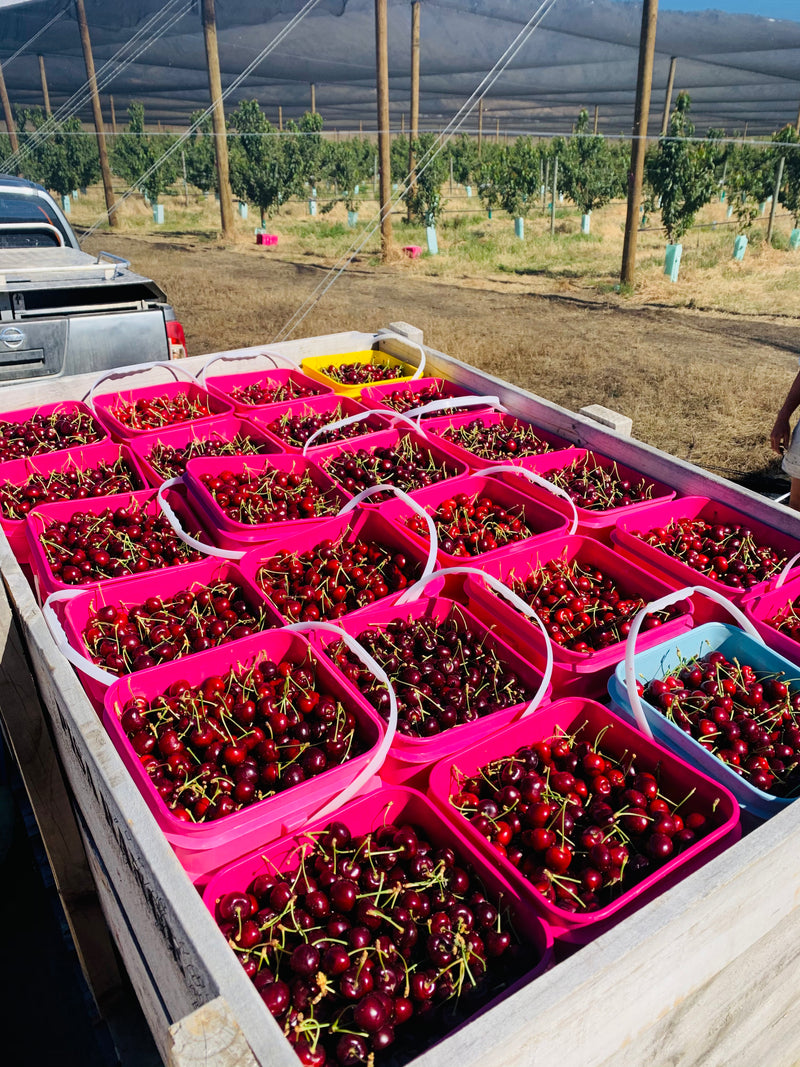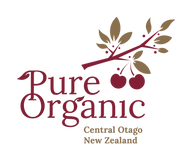Protecting cherry trees from pests is a vital task for anyone who cherishes the process of growing these vibrant and juicy fruits. Cherry trees are known for their resilience, but they do face unique challenges that can affect their health and productivity. Starting an orchard or even caring for a single cherry tree requires understanding the potential threats that can hinder their growth. Whether you're a seasoned grower or a beginner, knowing how to manage these pests can make all the difference in growing cherries that are both delicious and healthy.
As you embark on this journey of cultivating Pure Otago Cherries, it's essential to be aware of common pests that target these trees. From aphids to spider mites, each pest brings its own set of challenges, and taking proactive steps can ensure your cherry trees thrive. Growing cherries is not just about the eventual harvest; it's a rewarding process that enriches your understanding of nature. Let's delve into the common pests that might invade your cherry trees and explore practical strategies to keep them at bay.
Common Pests That Attack Cherry Trees
Cherry trees face a variety of pests that can affect their leaves, fruits, and overall health. Understanding these pests is the first step to effective management. Let's take a closer look at some of the most common culprits:
1. Cherry Fruit Fly: Recognizable by its yellow and black striped body, this pest tends to lay eggs in the cherries themselves. The larvae feed on the fruit, causing them to rot from the inside out.
2. Aphids: These small, soft-bodied insects come in colors ranging from green to black. They love sucking the sap from cherry leaves, which causes them to curl and distort. Aphids also leave behind a sticky residue that attracts other pests.
3. Spider Mites: Not easily visible to the naked eye, these pests thrive in hot, dry conditions. They create tiny web-like structures around leaves and feed on plant tissue, leading to discoloration and leaf drop.
4. Cherry Slugs: These pests appear as small, slug-like creatures that munch on cherry leaves, leaving behind skeletonized remains. They are a nuisance in both spring and summer months.
Dealing with these pests requires vigilance and targeted action. Recognizing them early can save you a lot of trouble down the road. By understanding the signs of an infestation, you can take timely action to protect your precious cherry trees. Investing time in learning about these pests will lead to healthier trees and a more bountiful harvest.
Signs Your Cherry Tree Is Under Attack
Knowing the signs of pest infestation early can save your cherry trees from significant damage. Look for a few key indicators that might show your tree's under duress:
- Visual Cues: Drooping leaves, discoloration, and holes in leaves can indicate pest activity. Leaf curling is a classic sign, often seen with aphid infestations. Spider mites may leave webbing on the undersides of leaves.
- Unusual Residue: Sticky substances on leaves or fruit could be honeydew, left by aphids. This often leads to sooty mold growth.
- Fruit Damage: Check for soft spots and rotten patches, which could indicate that cherry fruit flies are active.
Being observant is key. Familiarize yourself with these symptoms and check regularly, especially during warmer months when pests are more active. Early detection allows for prompt intervention, minimizing damage and preserving fruit quality.
Natural Methods to Protect Your Cherry Trees
Keeping cherry trees healthy without resorting to harsh chemicals is possible. Beneficial insects, like ladybugs and lacewings, naturally prey on common pests such as aphids and mites. Encouraging these helpful insects by planting diverse flora nearby can maintain healthier trees. Consider these methods to protect your garden:
- Companion Planting: Planting certain herbs and flowers like marigolds or basil near cherry trees can naturally deter unwanted pests.
- Organic Sprays: Neem oil or insecticidal soap can effectively manage pests without toxic residue, targeting them in a safe manner.
- Pruning and Maintenance: Regular pruning helps to remove damaged branches and improve airflow, which discourages many pests.
Using these strategies enhances the resiliency of your orchards. Consistent care and preventative measures prove effective over time, safeguarding your trees against most common threats.
When to Call in the Experts
While personal efforts matter, sometimes pests prove too challenging or overwhelming. Recognizing when to seek professional help is crucial. Experts can address severe infestations with specialized treatments that go beyond DIY tactics. Here’s when to consider reaching out:
- Persistent Issues: If a pest problem doesn't improve with natural methods.
- Widespread Damage: Visible damage across multiple trees that could risk the entire orchard.
- Expertise Needed: For certain pests like the cherry fruit fly, professional traps and treatments might simplify complex control.
Consult professionals who understand cherry tree care. This approach not only protects your current harvest but also secures the long-term health of your cherry trees.
Keeping Your Cherry Trees Healthy Year-Round
Cherry trees thrive best with consistent attention throughout the seasons. Plan your garden work around routines that cater to each growth stage:
- Springtime Preparation: Start with pruning any dead branches to encourage new growth. Check for pests early to address them before they escalate.
- Summer Maintenance: Inspect regularly for heat-loving pests and use appropriate organic solutions. Water deeply but less frequently to strengthen tree roots.
- Autumn Reflection: Mulch around trees to insulate roots for winter and plan pest management strategies based on seasonal observations.
Caring for cherry trees can't be a one-time effort. Embrace a continuous cycle that prioritizes proactive care. This ensures a more fruitful and rewarding experience in growing cherries.
Protecting your cherry orchard from pests is essential for a thriving harvest. At Pure Organic Cherries, our dedication to nurturing the best Pure Otago Cherries means providing you with the tools and knowledge needed for successful cultivation. Explore our range of solutions and enjoy the satisfaction of growing cherries that remain healthy and pest-free. With our expert guidance, your cherry trees will flourish, delivering nature’s sweet bounty for years to come.



